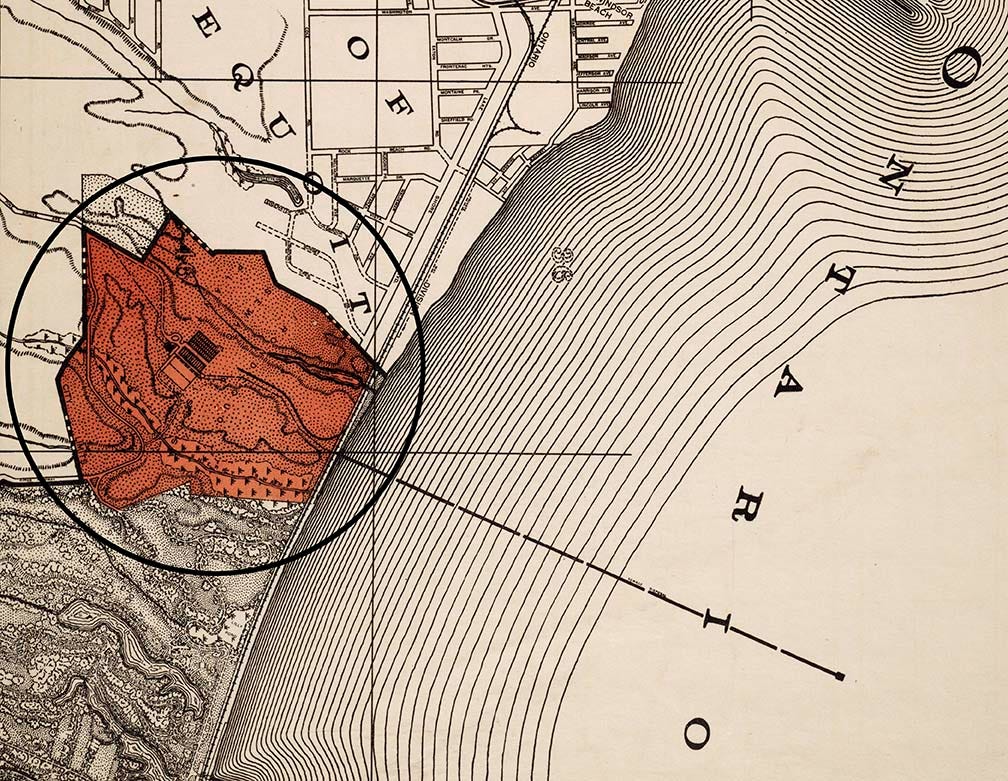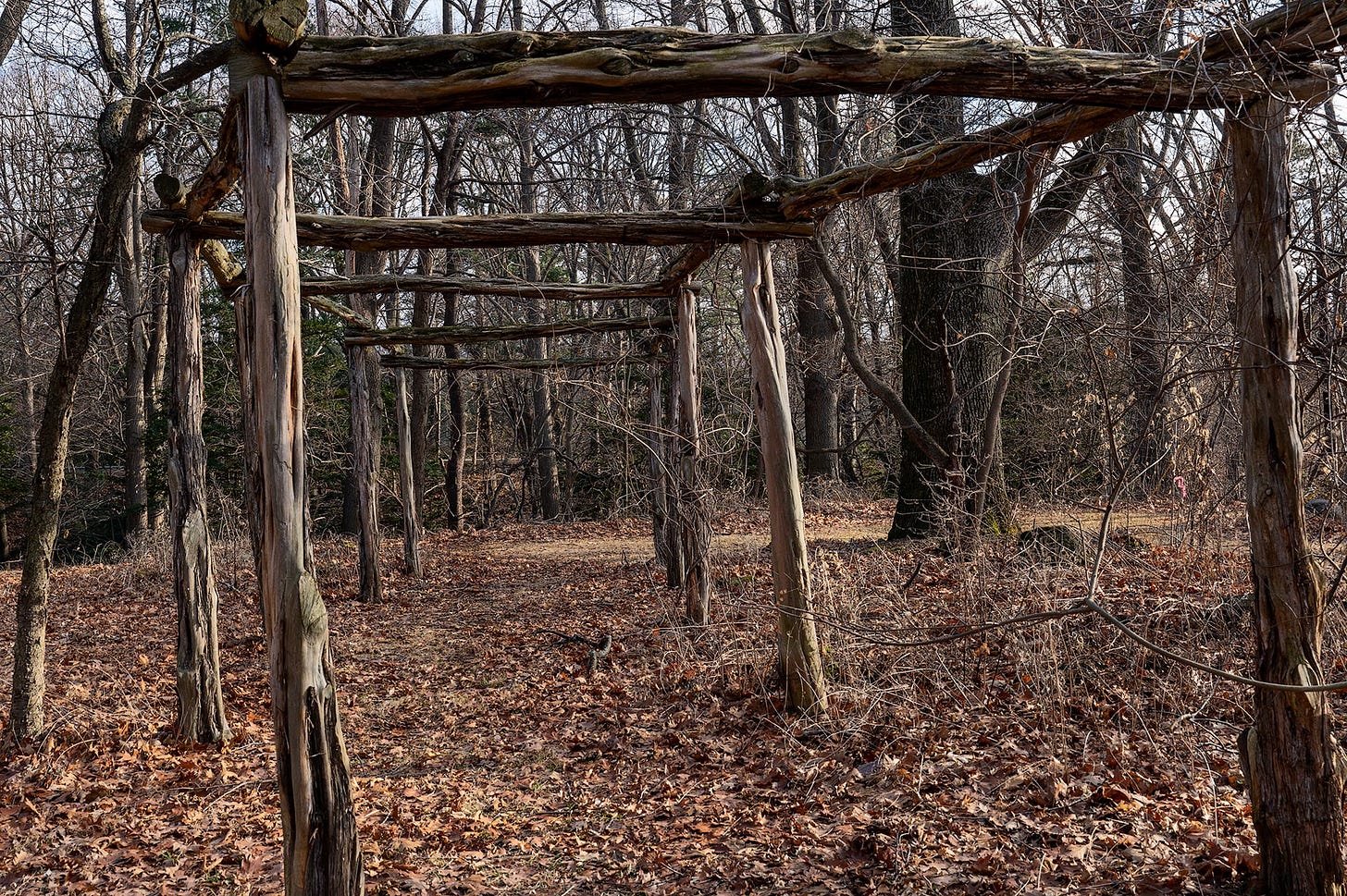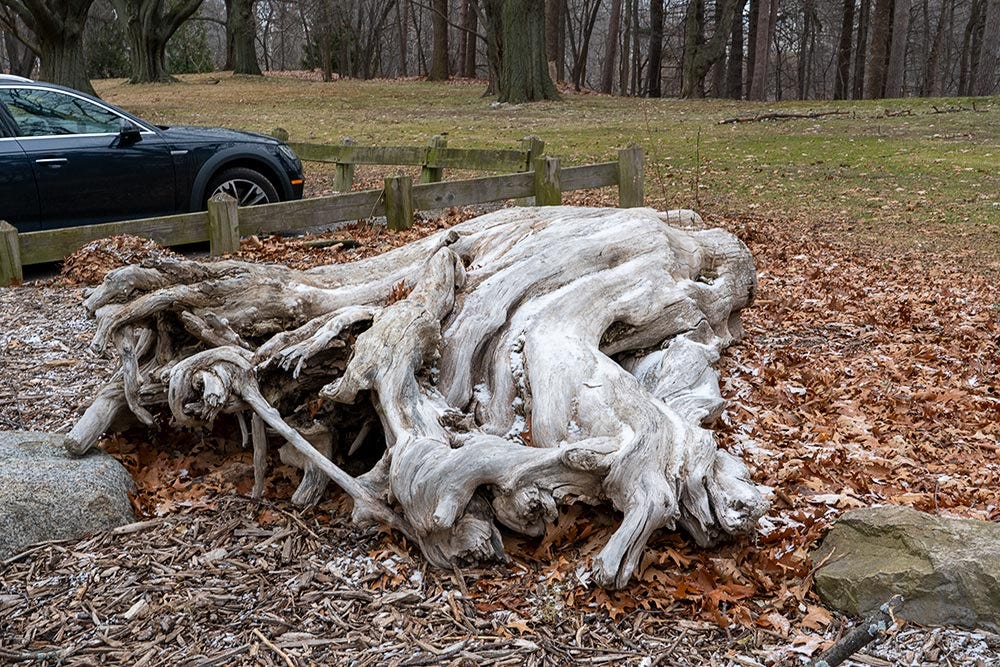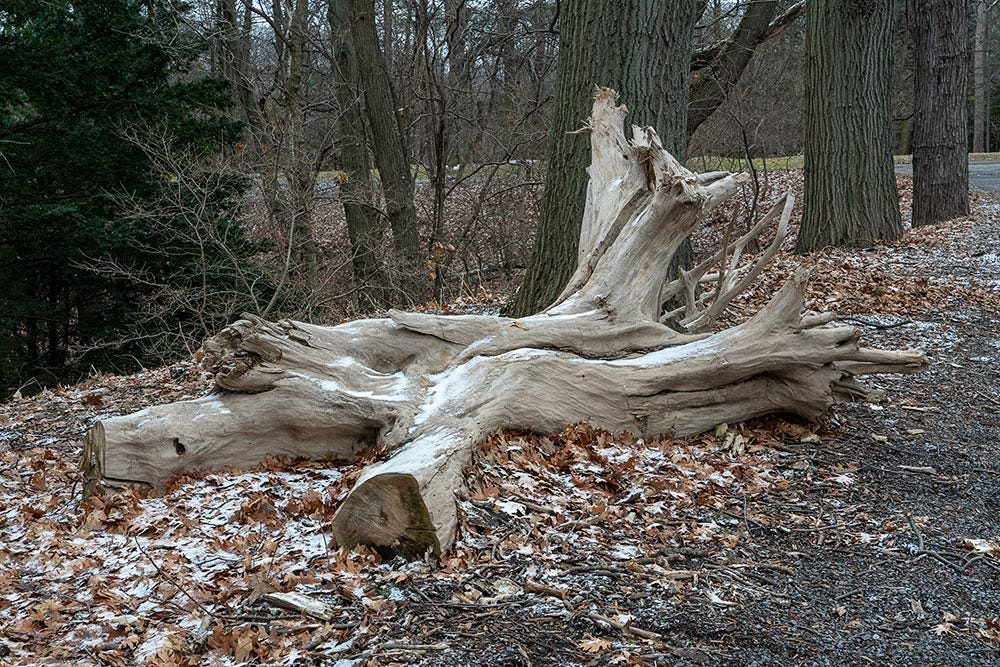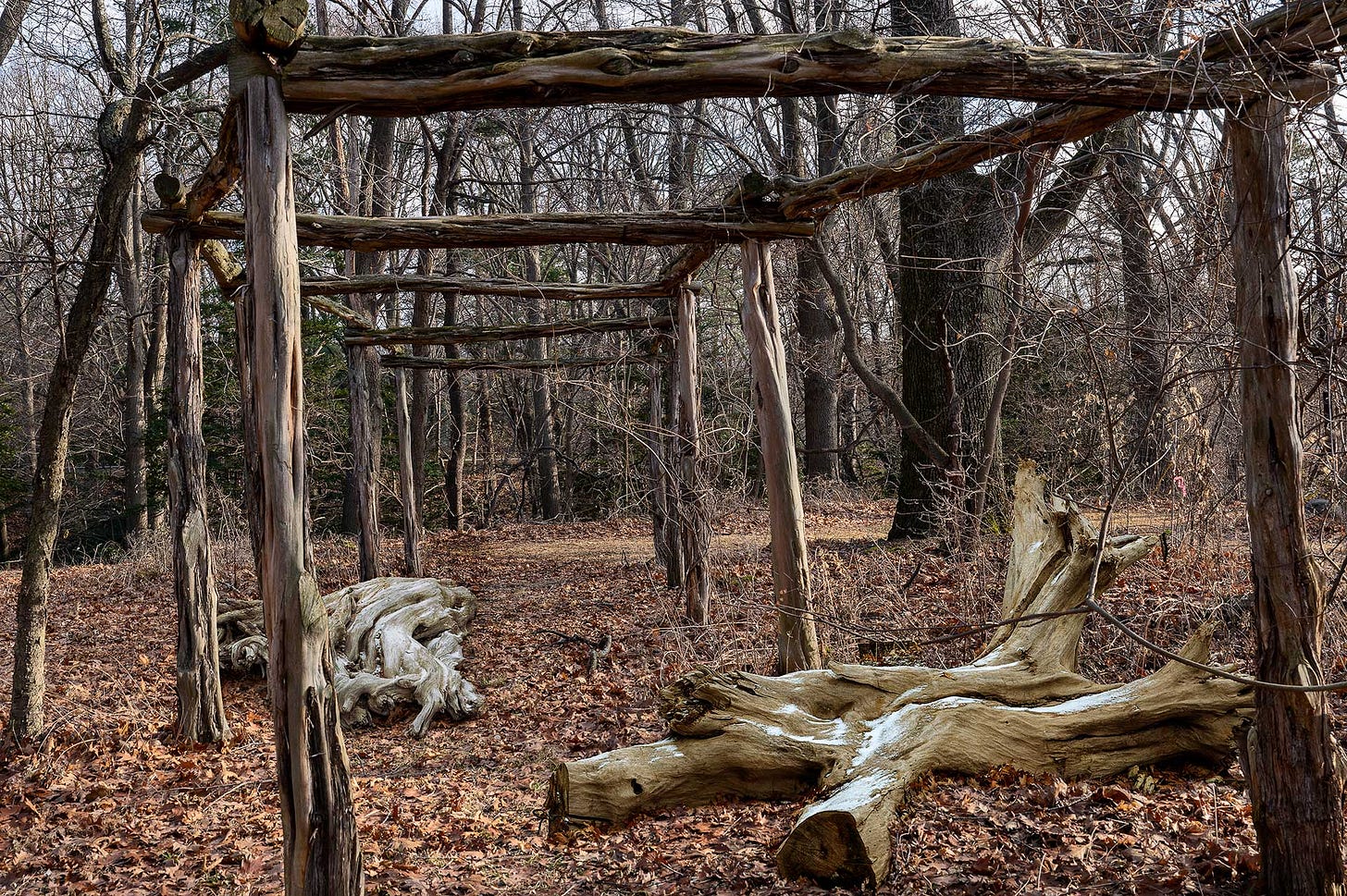Where do you get your ideas? How do you express them through your creative work? Everyone approaches this differently. Are you satisfied with the way things come together? Is there consistency when you want it? In other words, are things really working?
I like the term “workflow”. It’s too nice a word for something that was meant to describe industrial processes as far back as the 1920’s. It’s meant to be a kind of rigid technical set of guidelines to get from start to finish in manufacturing, computer programming, etc. In creative work it probably falls in the category of craft or technique, but I like to think of it as encompassing the entire creative process starting with the kernel of an idea or a source of inspiration. It’s a building process, and whether you’re designing a piece of furniture, writing music, or painting digitally, you’re starting with a figurative blank canvas. Everyone will work differently, some working from a formal outline or plan and others approaching their work more intuitively and improvising as things progress. I think for most artists a consistent working method will grow over time that is a reflection of their own personality, a disciplined approach that keeps ideas flowing and prevents blockage. This is especially important if you are collaborating with others, either as creative partners (the other members of the band) or the outside people who are going to help make your thing happen (fabricators, assistants, etc.). I was reading Ray Bradbury’s book “Zen In The Art Of Writing” (no comment on that title) which was published in 1990 when he was 70. He writes about making lists of titles that he refers to when he’s getting ready to write, words like THE LAKE. THE NIGHT.THE NIGHT TRAIN. THE DWARF. THE TRAPDOOR. These become triggers, evoking memories from his childhood, which was a rich source of material for his lyrical stories. This gave him a backlog of ideas to tap into. Sometimes the alternative to having to play catchup with your ideas is being stuck. Making notes of potential ideas is a great help before they fade from memory.
I want to use a simple image of my own as an example of a working method, more to show my mental and emotional approach without getting too carried away with technique or craft. My work is primarily photography based, and photography by nature is very technical, so I want to write about that briefly. I think it’s important to remember the tools that we use in our creative work are just that-tools. I don’t believe it matters how you achieve your finished result. In our world now there is a lot of debate about analog vs. digital. Many fine art photographers still shoot large format film, and it’s touted as superior to work produced by digital cameras, especially by some curators and gallery owners who make it a selling point to promote their artists. It’s similar to the argument about vinyl records vs. digital music; I personally don’t think it’s very interesting or relevant. I have no issue with using film. I shot large format film myself up until 5 years ago and then scanned it so I could work on it using a computer as my tool, and if you put it next to my current work, which is all digital you wouldn’t know the difference. I was more into the large format camera, which is like playing a concert grand, and almost as heavy. Now I need to be more streamlined. Again, they’re just tools. Nobody should care what brushes a painter uses.
The location where this image was made is Durand-Eastman park in Rochester, NY on the shore of Lake Ontario, near where I grew up. This park was built on land donated by Henry Durand and George Eastman, founder of the Eastman Kodak company. It’s essentially a mature landscape design situated on almost 100 acres, consisting of several ponds surrounded by hilly woodlands full of specimen trees, all contrived by man from what used to be farmland. As a result, it’s a place with a kind of surreal magic to it. There used to be a zoo there up until the early sixties, and some park maintenance buildings that used to be a part of that are next to the spot where I made the foundation photo for this image. Because most of my work uses combined images I am always looking for background or foundation photos to use as starting points. This isn’t usually a planned thing, I am just looking for things that interest me.
In this case I was walking and found this rustic pergola next to the buildings. I can only guess that it was built by the maintenance workers out of limbs cut in the park, but there might be some other explanation. There was a kind of mysterious quality that grabbed me and I took some “notes” with my phone camera until I could come back with a larger camera and tripod. On one last technical note, I made 3 vertical images and later stitched them together with software so that I could get a wide field of view without the distortion of a wide angle lens which I dislike. I point this out because any creative working method or “workflow” is inevitably a combination of inspiration and execution (craft).
While wandering around near the pergola I also came across some dead tree sections that were placed near parking areas that resembled huge pieces of driftwood with almost animalistic forms that must have also been placed there by maintenance workers. This kind of goes against the stereotype of shiftless government workers; these people recognized the aesthetic value of these forms and placed them where visitors could appreciate them rather than just cutting them up and dumping them. For me, they became elements to add to the whole as a kind of summation of the experience of being in that place for a couple of days in the late winter. I don’t combine or assemble multiple images to show off how clever I am but rather to create something that expresses something bigger than a single image; in this case the experience of being in a quiet, slightly mysterious place that I have loved to come to since I was a child.
This is not what I would consider a complex image but it does what I want it to do. Simplicity, complexity both have their place. Even in a piece like this there are many hours of work in adding, rejecting, and blending elements until it feels right. It all began by stumbling across this strange structure and none of it was really planned out or predicted in advance. I didn’t really know what its final state would be until I told myself it was done.


